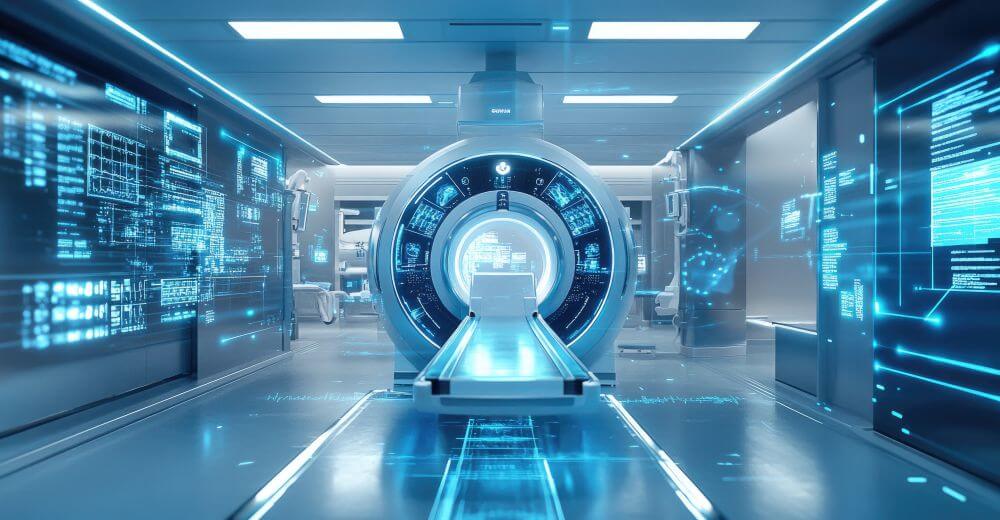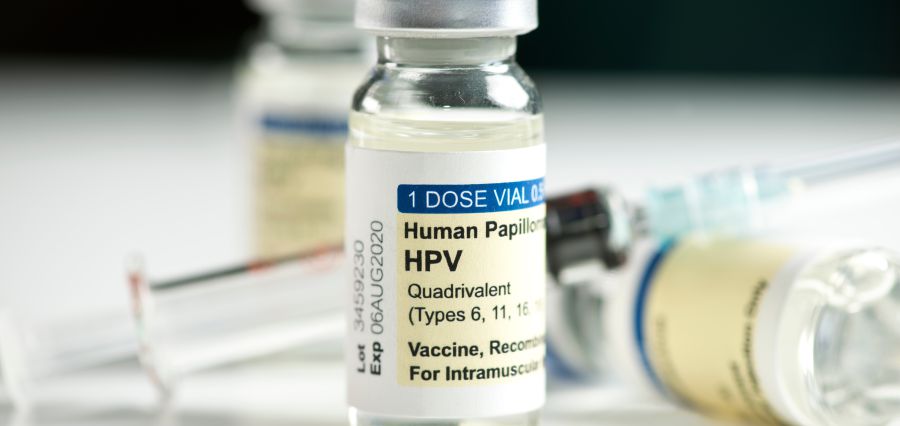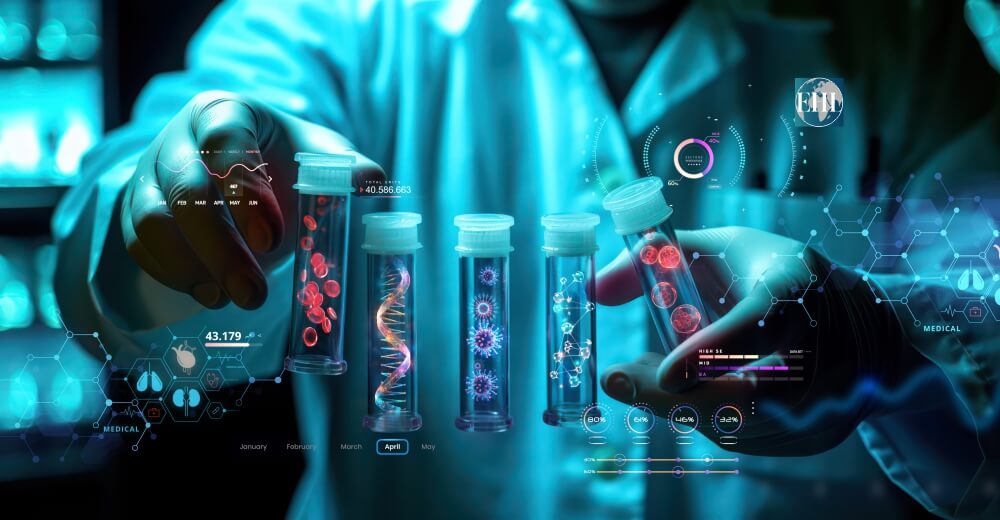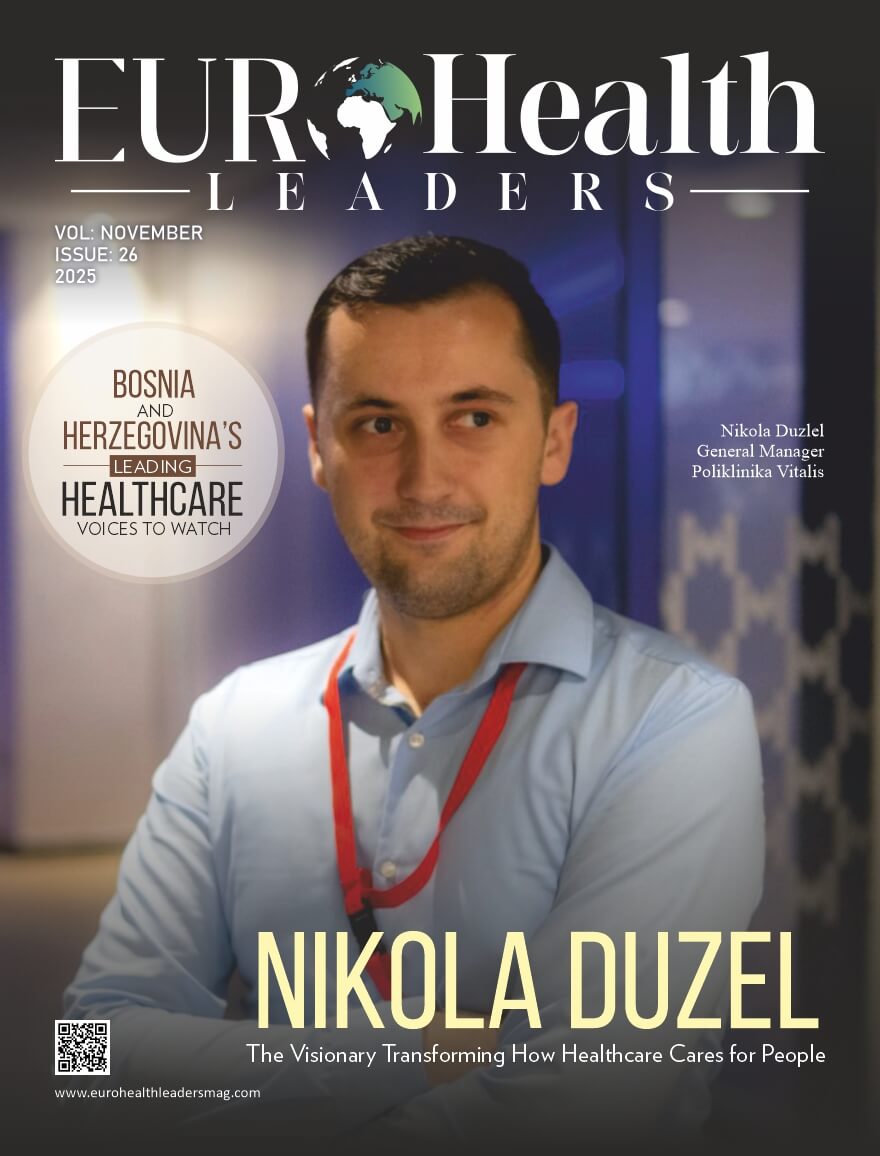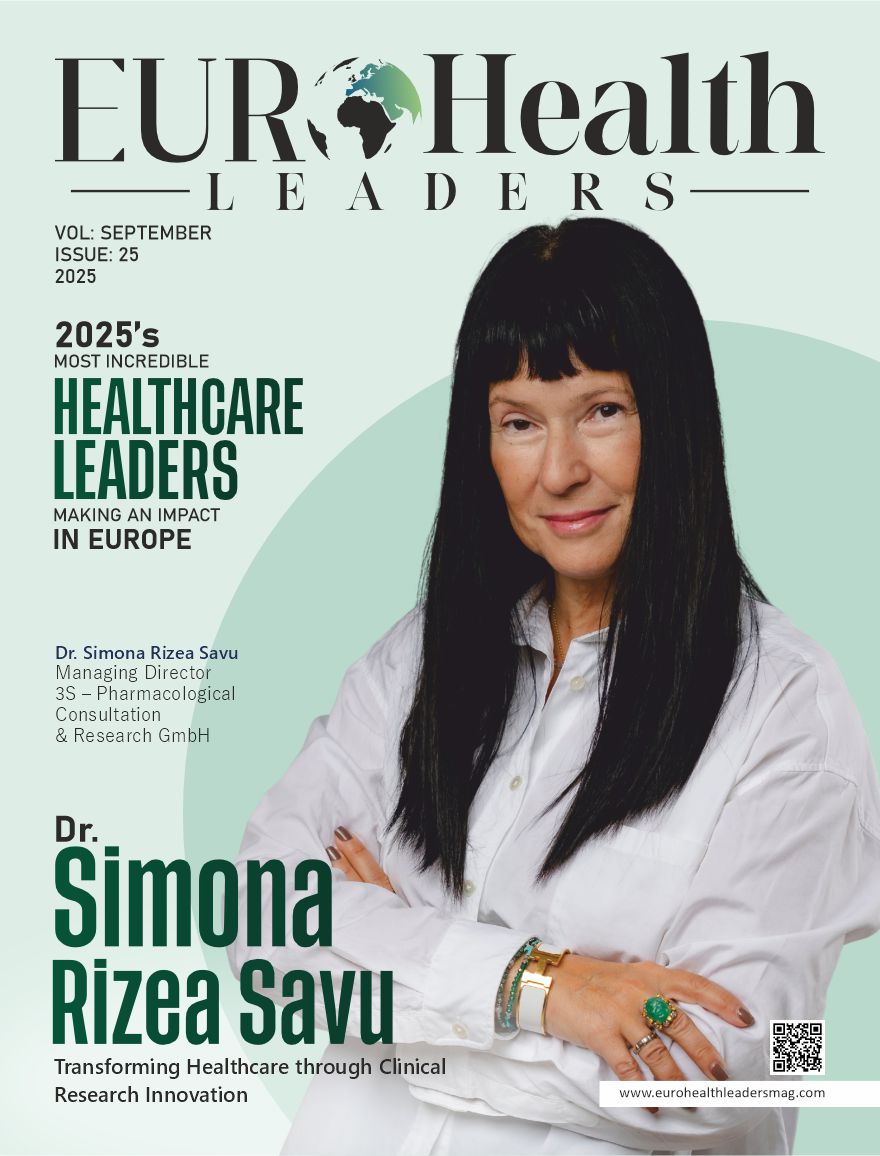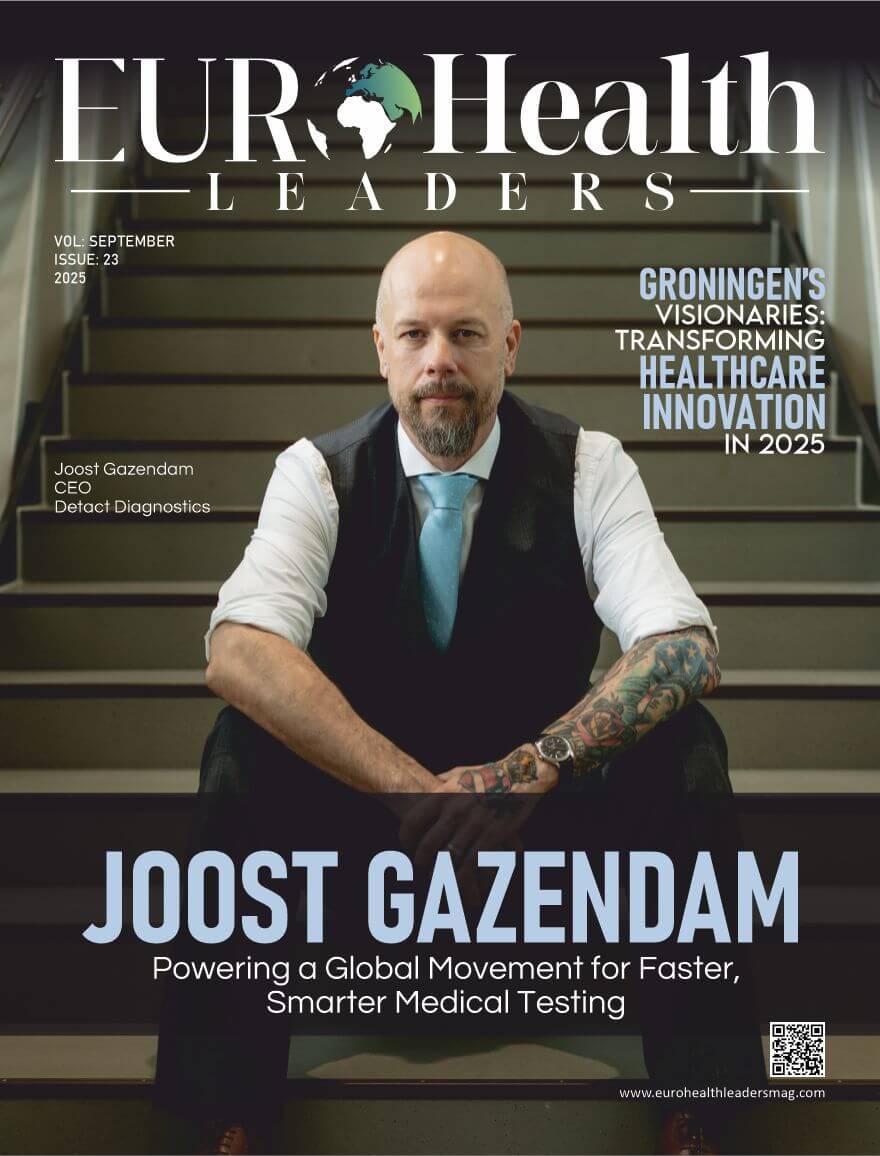Precision in Diagnosis
Diagnosis forms the basis of handling patients in the practice of medicine. Not only does diagnosis reveal the disease, but all of the treatment process as well, enabling doctors to take the required steps at the appropriate time. Classic approaches to diagnosis, though effective, have always been susceptible to human falter, prejudice, and the incapacity to deal with enormous volumes of intricate medical data. Machine learning is presently an extremely useful tool that is changing the manner in which diagnoses are being developed with so much better accuracy and precision.
The Challenge of Diagnostic Accuracy
Diagnostic inaccuracy has been medicine’s greatest challenge for millennia. Misdiagnosis or delayed diagnosis has consequences from inappropriate treatment to life-threatening complications. A conservatively calculated study finds that diagnostic mistake affects millions of patients every year around the world, and cancer, cardiovascular disease, and infections are three of the most common misdiagnoses.
Among the primary authors of such errors is the very nature of human health itself. One symptom can be the sign of many possible diseases, and slight variations in the results on tests may not even show up even to the most able practitioners. And in the midst of the maelstrom of medical data in electronic health records, genetic testing, and imaging, it is simply too much for the human brain to process and evaluate everything correctly.
This is where machine learning fits in.
How Machine Learning Supports Diagnostics
Machine learning (ML), a form of artificial intelligence, enables computer programs to learn patterns within the data and make predictions or classify without direct programming for every unique task. For diagnostic purposes, the ML program is taught using enormous quantities of data in the form of medical images, patient records, lab tests, and genomic data. Over time, the program is taught to detect hidden patterns that exceed the resolution capacity of the human eye.
For example, in radiology, ML-based programs have the capability to read thousands of images and identify abnormalities such as tumors, fractures, or blood clots with high accuracy. In pathology, machine learning-based programs guided by digital microscope slides can identify malignant vs. benign cells quicker and more precisely than in much of traditional approaches. Similarly, in cardiology, ML-based programs interpret electrocardiogram (ECG) reports to identify abnormal heart rhythms that would otherwise go unnoticed.
By interposing data from numerous sources—imaging, lab work, genetics, and patient information—machine learning programs can provide whole pictures. Instead of seeing one variable in isolation, they see the big picture, and that usually works out better.
Real-World Applications and Success Stories
The diagnostic power of machine learning is now no longer hypothetical but has already begun to be felt on it in actual hospitals. For instance, ML technology is being incorporated into dermatology products for use by the users when taking pictures of skin lesions and receiving a preliminary risk report for such diseases as melanoma. The products are lead indicators and encourage patients to consult doctors earlier.
In cancer, the CT and MRI imaging is interpreted by AI algorithms to identify tumors earlier and hence improve survival rates.
Other hospitals are applying ML in a bid to predict the likelihood of sepsis—a deadly infection—before the symptoms become strong enough to prompt doctors to act, so they have longer to respond. Even in “orphan” cases, diagnosis at times taking years, machine learning from genomic information is accelerating the process, solutions earlier and more precisely.
The Human-Machine Partnership
We need to note here that machine learning is helping physicians but not replacing them. The optimal systems are ones that augment human judgment. Physicians possess contextual experience, empathic knowledge, and medical expertise that machines don’t have, while ML possesses superior processing speed and pattern recognition compared to human capabilities.
The future of diagnosis lies in such an integration. Imagine a doctor reading the chart of the patient with ML-enhanced comments that suggest possible sickness, recommend additional tests, and even predict the effectiveness of treatment. Not only does this integration augment diagnostic accuracy, but the doctor-patient relationship of trustworthiness as well because the choice is made on human judgment and fact-based data.
Conclusion
Machine learning is revolutionizing the accuracy of diagnosis in the sense of providing faster, more precise, and more improved images of patients’ health.
It can never replace the subtle human doctors’ judgments but can be a marvelous assistant in preventing mistakes and can detect diseases earlier, ultimately saving lives. It is not man against the machines but a harmonious blend whereby both aid and benefit each other to give the best quality of medical care. With the technology developing by itself, the promise of accuracy of diagnosis can only get better from here, with the future ahead where all patients get the right diagnosis, at the right moment, with utmost accuracy.

